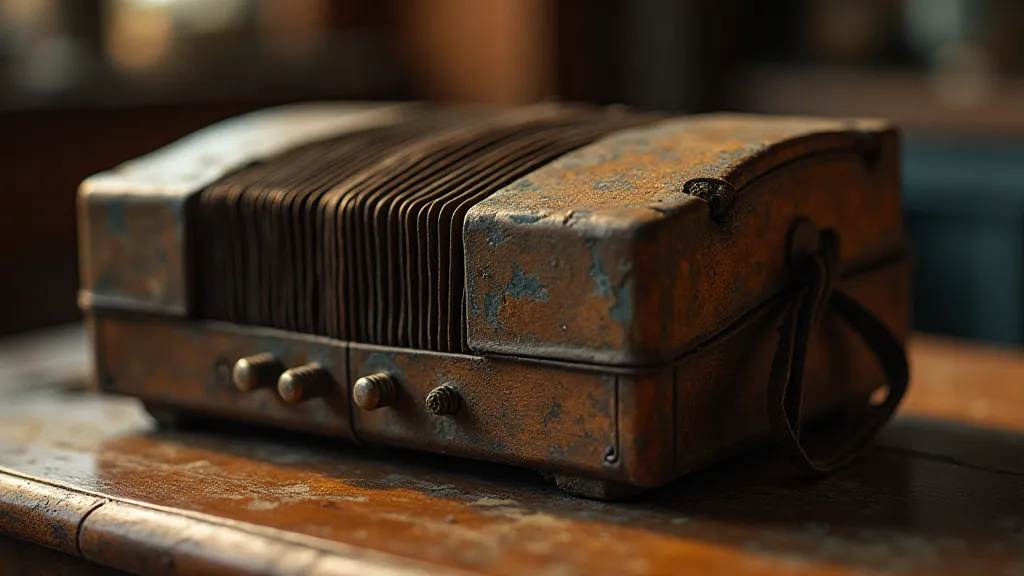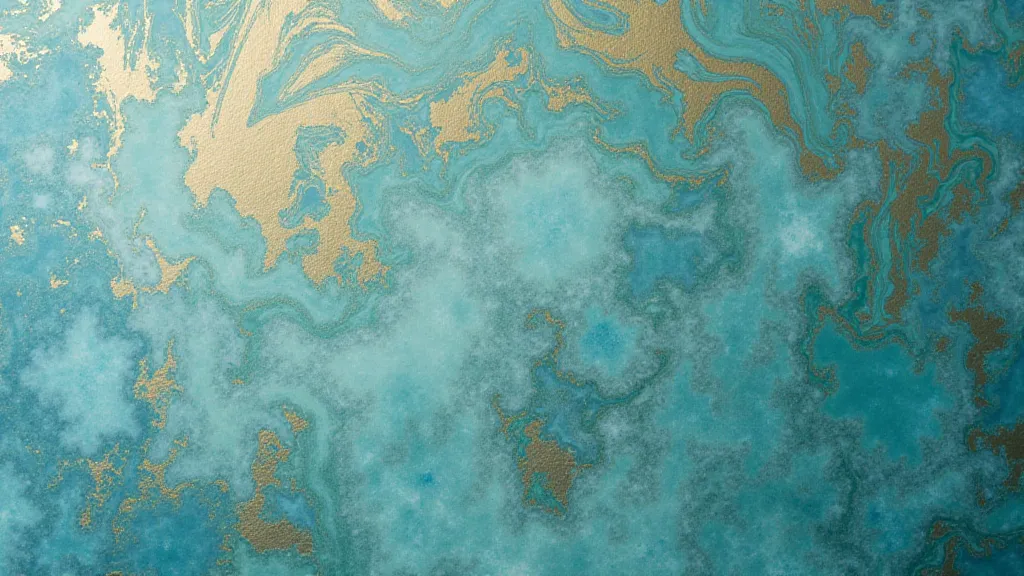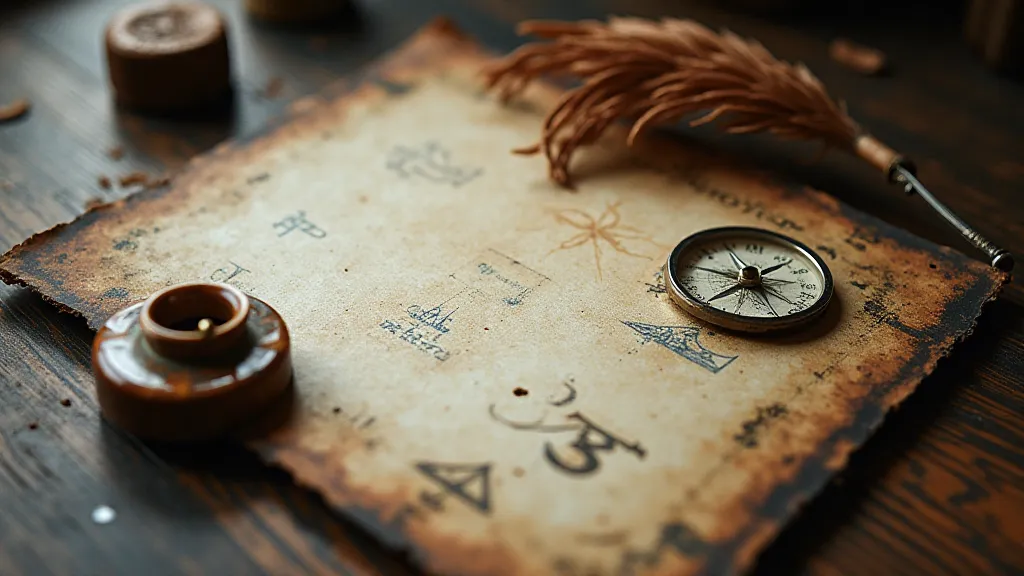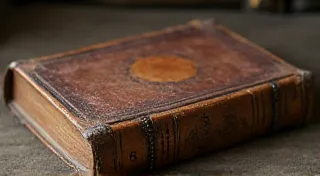Veil of Memory: How Imperfection Adds Depth to Your Art
There’s a quiet dignity to an antique accordion. More than just an instrument, it's a repository of echoes – of laughter in dimly lit dance halls, of melancholic waltzes played on windswept balconies, of hands that poured their hearts into its bellows and keys. Hold one, and you don’t just feel the weight of metal and wood; you feel the weight of history, imbued with the fingerprints of countless stories lived. And just like that accordion, paper marbling reveals beauty not in flawless perfection, but in the graceful imperfections that hint at a past, a process, a human touch.
My first encounter with paper marbling was a revelation. I expected pristine sheets, predictable patterns, a certain control. What I got was something far more enchanting – swirling colors that danced across the paper, unique formations that defied replication, and a humbling realization that the most captivating results often arose from unexpected “mistakes.” It was a journey into letting go, into celebrating the unplanned, and into understanding that true beauty resides in the subtle deviations from what we initially envisioned.

The Historical Tapestry of Marbling
Paper marbling, in various forms, has a surprisingly rich and varied history, stretching back centuries. While the exact origins are debated, it's believed that similar techniques existed independently in several cultures. In Japan, Suminagashi, dating back to the 12th century, involves floating ink on water and transferring the patterns to paper – a serene and meditative practice. In Persia, Ebru flourished during the 16th century, creating breathtakingly intricate designs often used for book covers and decorative elements. Turkish Ebru, in particular, developed into a highly sophisticated art form, employing a complex array of pigments, thickeners, and tools to achieve remarkable detail.
The technique arrived in Europe during the 17th century, likely brought by diplomats and traders. It quickly gained popularity amongst the aristocracy and artists, who appreciated its unique aesthetic and the unexpected elegance of its results. Sadly, the craft largely faded from prominence by the 19th century, relegated to a niche interest. Thankfully, a revival began in the mid-20th century, and today, paper marbling enjoys a renewed appreciation across the globe.
Embracing the Unpredictable Dance
The beauty of paper marbling lies in its inherent unpredictability. The process itself is a delicate dance between science and artistry. You begin with a bath – a shallow tray of water thickened with carrageenan, guar gum, or other similar agents. These thickeners suspend the pigments, allowing them to float on the surface. Then, carefully, you introduce the colors – inks, dyes, or even natural pigments – spreading them across the water’s surface.
The real magic happens when you manipulate the colors, using combs, rakes, or even simple breath to create patterns. But it's almost impossible to completely control the outcome. The colors swirl, blend, and intermingle in ways you can’t fully anticipate. It's this lack of absolute control that lends the final product its charm. Each sheet is a unique record of the moment it was created, bearing the mark of chance and the artist's interaction with the materials.
Imperfection as Character
Think again of that antique accordion. Its beauty isn’t diminished by the faded leather, the slightly cracked bellows, or the worn keys. In fact, those imperfections are what make it truly special. They tell a story of use, of time, of a life lived. Similarly, in paper marbling, those tiny flaws – a slightly uneven swirl, a surprising blend of colors – aren’t mistakes; they're character marks. They're the evidence of the creative process, the whispers of the past, the fingerprints of the artist.
A perfectly symmetrical marbling design, while technically impressive, can feel sterile, lacking soul. It's the asymmetry, the unexpected contrast, the subtle irregularities that draw the eye and evoke emotion. Just as a perfectly restored antique loses some of its authenticity, a perfectly "corrected" marbling design can feel artificial. The beauty lies in the raw, unedited expression of the process.

The Resonance of Restoration & Collecting
There’s a parallel here to the world of antique restoration and collecting. A passionate restorer doesn’t strive for flawless replication. They aim to stabilize the object, to preserve its integrity, and to honor its history. Removing every blemish, every mark of age, would be a betrayal of its story. The same principle applies to paper marbling; we shouldn’t try to eliminate every imperfection; we should celebrate them as integral components of the final artwork.
Collecting antique accordions, like collecting marbled paper, is about appreciating the past. It’s about recognizing the value of something handcrafted, something imbued with a sense of history and artistry. It’s about understanding that true beauty isn’t always about perfection; it’s about authenticity, character, and the echoes of a life lived.
Finding Your Own Voice
Paper marbling, like any art form, is about finding your own voice, your own way of expressing yourself. Don't be afraid to experiment, to embrace the unexpected, and to let go of the need for absolute control. Allow the colors to dance, the patterns to emerge, and the imperfections to reveal their beauty. Let the process guide you, and allow the unexpected to surprise you. The most rewarding creations often arise from those moments when we relinquish control and allow the materials to speak for themselves.
Ultimately, the veil of memory, the subtle imperfections that mark our creations – be they marbled paper or restored antiques – are what give them depth, character, and enduring beauty. They are the whispers of the past, the echoes of lives lived, and the testament to the enduring power of human creativity.






